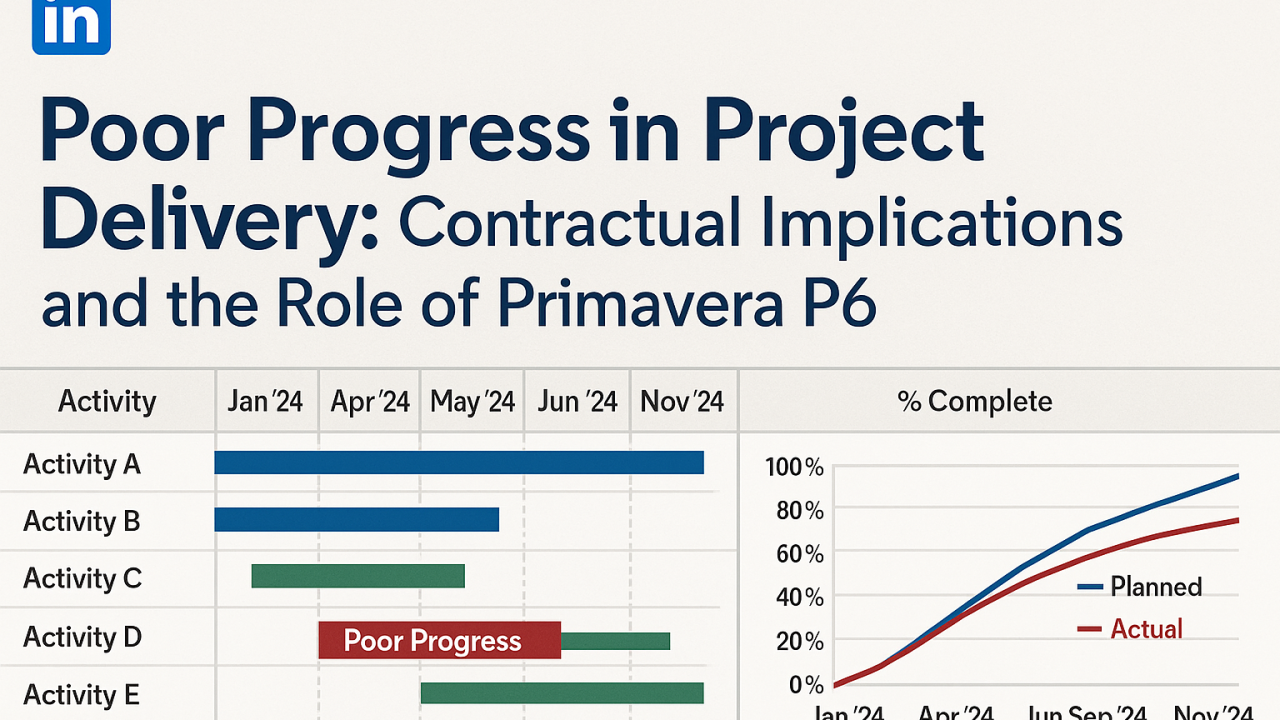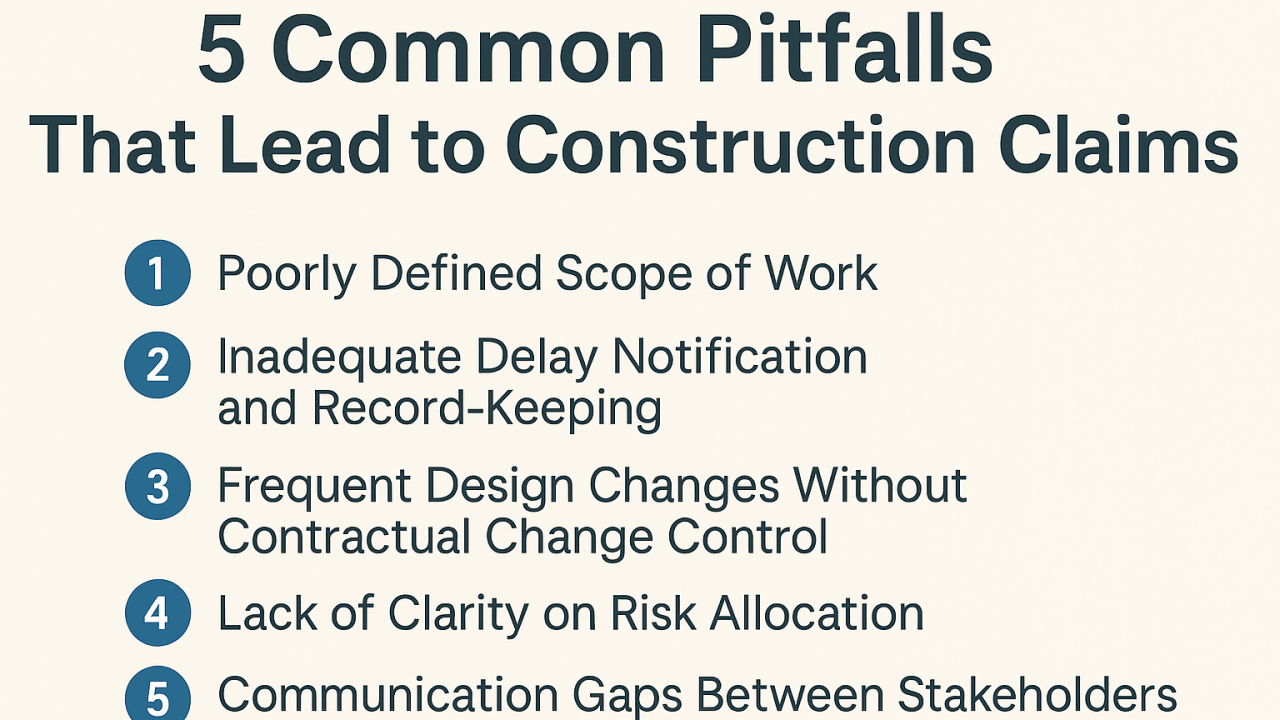A Comprehensive Guide to Project Management Contracts: Public, Private, and FIDIC Agreements
Introduction :
In project management, selecting the right contract type is a critical decision that impacts risk allocation, financial stability, project execution, and legal responsibilities. Whether managing a public or private project, national or international, understanding different contract structures is essential to ensuring a smooth and efficient workflow.
This guide provides a high-quality, in-depth overview of all major contract types, including traditional, public sector, and FIDIC contracts.

📜 1. Fixed-Price Contracts (Lump Sum Contracts)
🔹 Definition:
A contract where the contractor agrees to complete the entire project for a pre-determined total price. Payments are typically made based on project milestones.
✅ Advantages:
✔️ Predictable project costs for the client.
✔️ Simplifies contract administration and budgeting.
✔️ Reduces financial risks for the client.
❌ Disadvantages:
❌ High risk for the contractor if actual costs exceed estimates.
❌ Less flexibility for changes in scope.
📌 Best Used For: Small to medium-sized projects with well-defined scope (e.g., residential buildings, commercial offices, public sector projects).
📜 2. Unit Price Contracts (Measure & Pay Contracts)
🔹 Definition:
The contract divides the project into individual work units, each with a fixed price (e.g., cost per square meter, per ton of material, per cubic meter of excavation).
✅ Advantages:
✔️ Flexibility in quantity estimation.
✔️ Useful when the scope is partially defined but may vary.
✔️ Fair pricing for both parties as payment is based on actual work completed.
❌ Disadvantages:
❌ Can lead to budget overrunsif actual quantities exceed estimates.
❌ Requires detailed measurement and tracking of work units.
📌 Best Used For: Infrastructure and civil engineering projects (roads, highways, pipelines, excavation, earthworks).
📜 3. Cost-Plus Contracts (Reimbursable Contracts)
🔹 Definition:
The contractor is reimbursed for actual project costs plus an additional fee or percentage for profit.
📌 Common Variants:
- Cost-Plus-Fixed-Fee (CPFF): The contractor receives a fixed profit regardless of project cost.
- Cost-Plus-Incentive-Fee (CPIF): The contractor gets a bonus for meeting specific goals (e.g., completing early, reducing costs).
- Cost-Plus-Award-Fee (CPAF): A performance-based fee, where the contractor earns additional payments based on client evaluation.
✅ Advantages:
✔️ Suitable for complex projects with high uncertainty.
✔️ Encourages quality workas costs are covered.
✔️ Allows early project initiation, even if full details are not finalized.
❌ Disadvantages:
❌ Higher financial riskfor the client.
❌ Potential for cost overruns if expenses are not controlled.
📌 Best Used For: Large, complex projects with unknown variables (defense, research and development, emergency reconstruction).
📜 4. Guaranteed Maximum Price (GMP) Contracts
🔹 Definition:
A cost-plus contract with a ceiling price that cannot be exceeded. If costs go beyond the agreed maximum, the contractor must cover the extra expenses.
✅ Advantages:
✔️ Provides budget controlfor clients.
✔️ Incentivizes contractors to manage costs efficiently.
❌ Disadvantages:
❌ Contractors add risk premiums, making the initial contract price higher.
❌ Limits flexibility for project scope changes.
📌 Best Used For: Projects where costs are uncertain but must stay within budget (hospitals, government facilities, corporate headquarters).
📜 5. Design & Build (D&B) Contracts
🔹 Definition:
The contractor is responsible for both the design and construction phases of the project.
✅ Advantages:
✔️ Faster project completion (fewer handovers).
✔️ Reduces client coordination efforts.
✔️ Encourages innovative solutions.
❌ Disadvantages:
❌ Less client control over the design phase.
❌ Higher initial costs.
📌 Best Used For: Large infrastructure projects (stadiums, airports, bridges, high-tech buildings).
📜 6. Turnkey Contracts
🔹 Definition:
The contractor delivers a fully operational facility, ready for immediate use by the client.
✅ Advantages:
✔️ Minimal client involvementduring execution.
✔️ Less risk for the client in managing construction complexities.
❌ Disadvantages:
❌ Expensive for clients due to the comprehensive service.
❌ Minimal flexibility in design modifications.
📌 Best Used For: Factories, power plants, industrial complexes, IT data centers.
📜 7. Public-Private Partnership (PPP) Contracts
🔹 Definition:
A collaboration between the government and a private company to fund, build, and operate infrastructure projects.
✅ Advantages:
✔️ Reduces public sector financial burden.
✔️ Brings private-sector efficiency to public projects.
❌ Disadvantages:
❌ High legal and financial complexities.
❌ Potential misalignment between profit motives and public interest.
📌 Best Used For: High-cost infrastructure projects (highways, railways, airports, public utilities).
📜 8. FIDIC Contracts (International Standard Construction Contracts)
FIDIC (Fédération Internationale des Ingénieurs-Conseils) contracts are internationally recognized for construction and engineering projects.
🔹 Key FIDIC Contract Types:
🔴 Red Book (Construction Contract – Unit Price or Lump Sum) → Used for traditional construction projectswhere the client provides the design.
🟡 Yellow Book (Design & Build Contract) → Used when the contractor is responsible for both design and execution.
🟢 Silver Book (Turnkey EPC Contract) → For high-risk projects where the contractor bears all responsibilities.
🔵 Gold Book (PPP – Operation & Maintenance Contract) → Designed for long-term contracts involving operation and maintenance.
⚫ Green Book (Simplified Contract – Small Projects) → Used for low-risk, simple projects.
🟣 Emerald Book (Underground & Tunnel Works Contract) → Tailored for tunnel and geotechnically complex projects.
🎯 How to Choose the Right Contract?
The ideal contract depends on:
✅ Risk allocation(who takes the most risk?).
✅ Project complexity(well-defined or uncertain?).
✅ Client control needs(fixed specs vs. flexible design).
✅ Budget constraints (fixed price vs. cost-plus).
👉 Need expert guidance? Choosing the right contract ensures smoother execution, cost control, and legal clarity. 🚀
💬 What type of contract do you use most?Share your insights in the comments below!
Our latest articles
Poor Progress in Project Delivery: Contractual Implications and the Role of Primavera P6
Poor Progress in Project Delivery: Contractual Implications and the Role of Primavera P6 Introduction : In complex projects—especially in engineering,…
Effective Management of Float in Project Scheduling: Definition, Legal Aspects, Technical Application, and Tools
Effective Management of Float in Project Scheduling: Definition, Legal Aspects, Technical Application, and Tools 1. Introduction : In project management,…
5 Common Pitfalls That Lead to Construction Claims
5 Common Pitfalls That Lead to Construction Claims Introduction : In complex construction projects, claims are not merely a risk…




